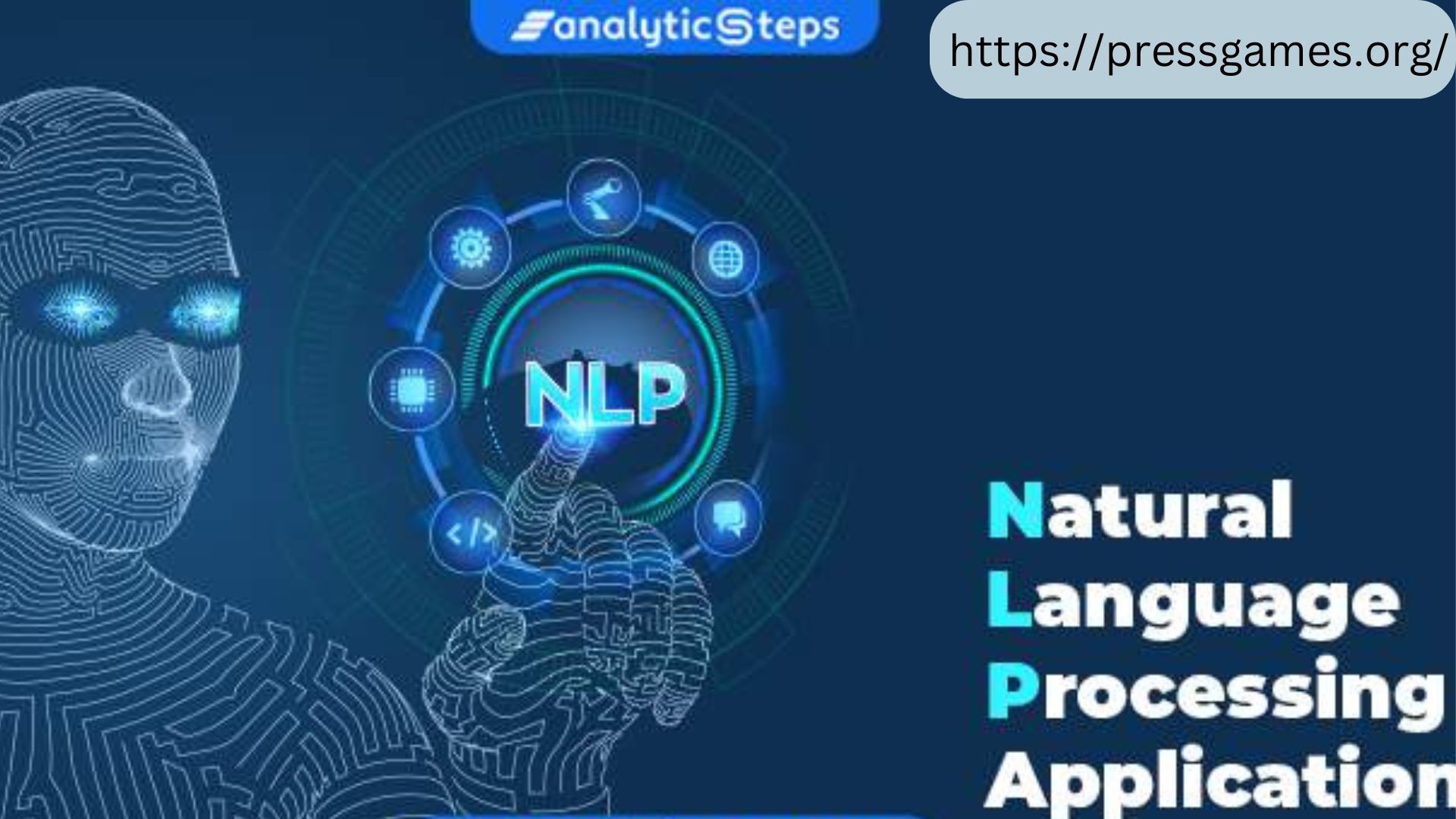Advances in Natural Language Processing Voice Technology: Few innovations have captured both imagination and practicality in modern technology as effectively as voice technology.Once confined to science fiction, talking to computers and receiving instant responses is now part of everyday life. From smartphones to smart speakers, cars to appliances, voice interfaces have revolutionized our interaction with technology. Central to this transformation is Natural Language Processing (NLP), which enables machines to understand and respond to human language naturally and intuitively.
Table of Contents
Evolution of Natural Language Processing
Voice Technology: in or NLP, can be broadly defined as the ability of computers to understand and generate human language. While the roots of NLP can be traced back to the 1950s, significant advancements have occurred in recent decades, driven by breakthroughs in machine learning, deep learning, and computational linguistics. Early NLP systems were rudimentary, limited to simple rule-based approaches that struggled with complex sentences and nuances of human communication.
The turning point came with the advent of statistical methods and, more recently, neural networks. These approaches enabled computers to analyze vast amounts of text data, learn patterns, and derive meaning from context—a capability essential for understanding natural language. As computational power increased and datasets grew, NLP algorithms evolved to handle more sophisticated tasks such as language translation, sentiment analysis, and speech recognition.
Voice Technology: A Seamless Interface
Advances in Natural Language Processing Voice technology represents the culmination of advancements in NLP, offering users a seamless and intuitive way to interact with devices. Instead of typing commands or navigating through menus, users can simply speak naturally to instruct their devices, ask questions, or request information. This capability has been integrated into various consumer electronics, notably smartphones and smart speakers, which have become ubiquitous in homes and offices worldwide.
The key challenge for voice technology lies in its ability to accurately interpret and respond to diverse accents, dialects, and languages—a task that traditional NLP struggled with initially. However, recent advancements in deep learning, particularly with recurrent neural networks (RNNs) and transformers, have significantly improved the accuracy and robustness of voice recognition systems. These systems can now adapt to different voices and contexts, providing a more personalized and responsive user experience.
Applications Across Industries
Advances in Natural Language Processing The impact of voice technology extends far beyond consumer electronics. Industries such as healthcare, finance, retail, and automotive have embraced voice interfaces to streamline operations, enhance customer service, and improve efficiency. In healthcare, for instance, voice-activated systems enable doctors to dictate patient notes directly into electronic health records, reducing administrative burden and improving accuracy. In retail, voice technology powers virtual assistants that can help customers find products, place orders, and track shipments—all through natural conversation.
Moreover, in automotive applications, voice-activated controls allow drivers to keep their hands on the wheel and eyes on the road while adjusting navigation, making calls, or controlling in-car entertainment systems. This not only enhances safety but also improves the overall driving experience by minimizing distractions.
Ethical Considerations and Challenges
Advances in Natural Language Processing Despite its many benefits, the widespread adoption of voice technology raises important ethical considerations and challenges. One primary concern is privacy and data security—voice-activated devices are constantly listening for commands, which raises questions about how user data is collected, stored, and used. Manufacturers and developers must prioritize robust security measures and transparent data handling practices to protect user privacy.
Another challenge is ensuring inclusivity and accessibility. Voice recognition systems may struggle with accents, speech impediments, or non-standard dialects, potentially excluding certain users from fully benefiting from these technologies. Ongoing research and development in NLP aim to address these issues by improving algorithmic diversity and training datasets to encompass a broader range of linguistic variations.
Future Directions
Advances in Natural Language Processing Looking ahead, the future of voice technology and NLP promises even more exciting developments. Advances in machine learning techniques, such as unsupervised learning and reinforcement learning, are expected to further enhance the capabilities of voice interfaces. These technologies will enable more sophisticated dialogue systems capable of understanding context, generating human-like responses, and even displaying emotional intelligence.
Moreover, the integration of voice technology with other emerging technologies, such as augmented reality (AR) and virtual reality (VR), could redefine how users interact with digital environments. Imagine a future where users can navigate virtual worlds, conduct meetings, and explore immersive experiences—all through natural voice commands.
Conclusion
Voice technology, powered by advancements in Natural Language Processing, has transformed how we interact with technology and is poised to shape the future of human-computer interaction. From smartphones to smart homes, healthcare to automotive industries, the applications of voice interfaces are vast and varied. As these technologies continue to evolve, addressing challenges around privacy, inclusivity, and ethical considerations will be crucial to ensuring their responsible deployment and widespread adoption.
In closing, voice technology represents not just a technological advancement, but a paradigm shift in how we engage with the digital world. By leveraging the power of natural language processing, we are creating more intuitive, accessible, and efficient interfaces that enhance productivity, improve accessibility, and enrich the overall user experience. As we look towards the future, the possibilities for voice technology are limitless, promising a world where human-machine interaction is as seamless as conversation itself.
FAQs
- What is Natural Language Processing (NLP)?
- How has NLP advanced voice technology?
Advancements in NLP have significantly enhanced voice technology by improving speech recognition accuracy, enabling natural language understanding, and facilitating personalized interactions with voice-enabled devices like smart speakers and virtual assistants. - What are some applications of voice technology across industries?
Voice technology powered by NLP is transforming industries such as healthcare (for transcribing patient notes and providing medical information),

